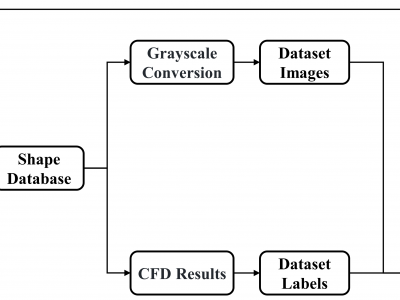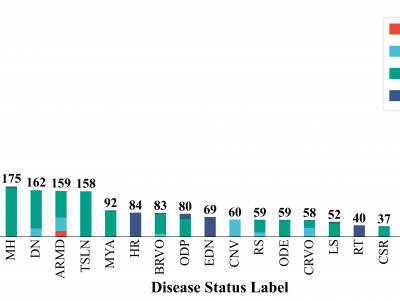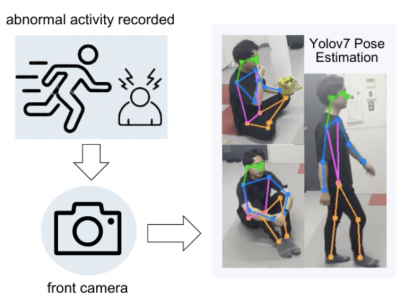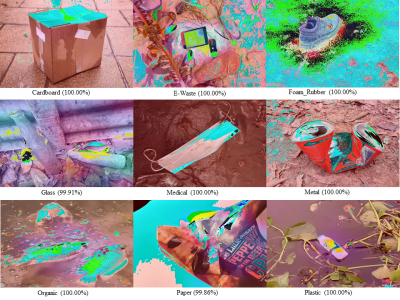Artificial Intelligence

This dataset is constructed in a study that addresses the gap between text summarization and content readability for diverse Turkish-speaking audiences. It contains paired original texts and corresponding summaries optimized for different readability levels using the YOD (Yeni Okunabilirlik Düzeyi) formula.
- Categories:
 65 Views
65 Views
Dataset for QoS-aware LLM Routing Experiment.
- Categories:
 53 Views
53 ViewsThis dataset provides a comprehensive collection of various resources, including the results from Computational Fluid Dynamics (CFD) simulations, the associated CFD processing code, and the dataset along with the source code used for training Convolutional Neural Networks (CNNs). Additionally, it includes data generated by genetic algorithms and the corresponding source code for implementing these algorithms.
- Categories:
 145 Views
145 Views
This 3DTeethSegX dataset is a benchmark dataset specifically designed for tooth point cloud completion and segmentation tasks. Built upon the publicly available 3DTeethSeg 2022 MICCAI Challenge dataset, it comprises 1,494 pairs of tooth point clouds and their corresponding tooth images from 38 patients. Each pair includes a partial point cloud (2,048 points) and a complete point cloud (16,384 points).
- Categories:
 32 Views
32 ViewsThe TUROS-TS encompasses 5,357 Google Street View images with 8,775 traffic sign instances covering 9 categories and 28 classes. Three subsets of the dataset were created: test (10%-1050 images 579), validation (20% -1050 images), and training (70% - 3728 images). It is available upon request. If you want to train and test the data set. Please send an email to afef.zwidi@regim.usf.tn
- Categories:
 63 Views
63 ViewsThe TUROS-TS encompasses 5,357 Google Street View images with 8,775 traffic sign instances covering 9 categories and 28 classes. Three subsets of the dataset were created: test (10%-1050 images 579), validation (20% -1050 images), and training (70% - 3728 images). It is available upon request. If you want to train and test the data set. Please send an email to afef.zwidi@regim.usf.tn
- Categories:
 27 Views
27 ViewsAn automatic waste classification system embedded with higher accuracy and precision of convolution neural network (CNN) model can significantly the reduce manual labor involved in recycling. The ConvNeXt architecture has gained remarkable improvements in image recognition. A larger dataset, called TrashNeXt, comprising 23,625 images across nine categories has been introduced in this study by combining and thoroughly analyzing various pre-existing datasets.
- Categories:
 350 Views
350 Views




